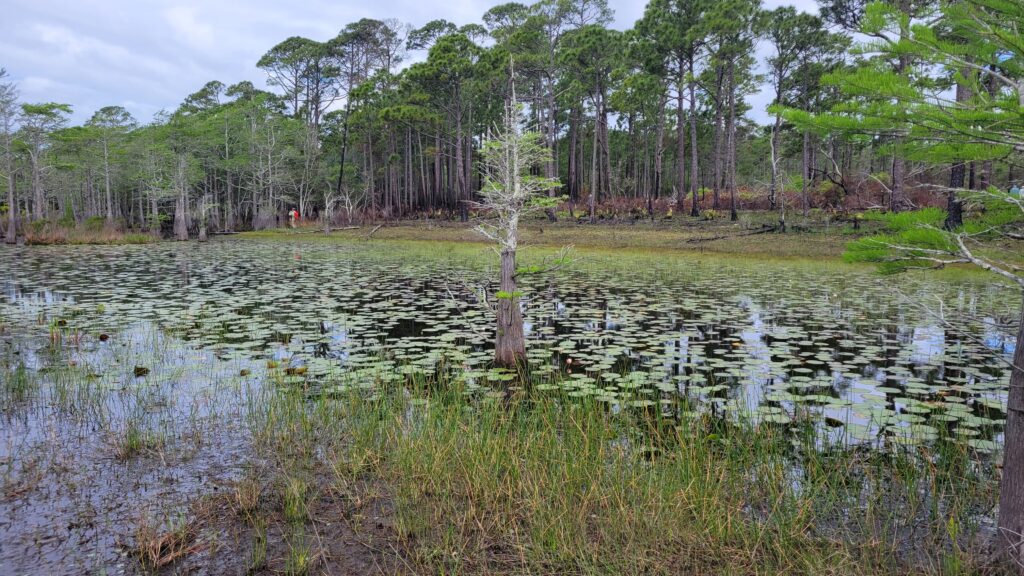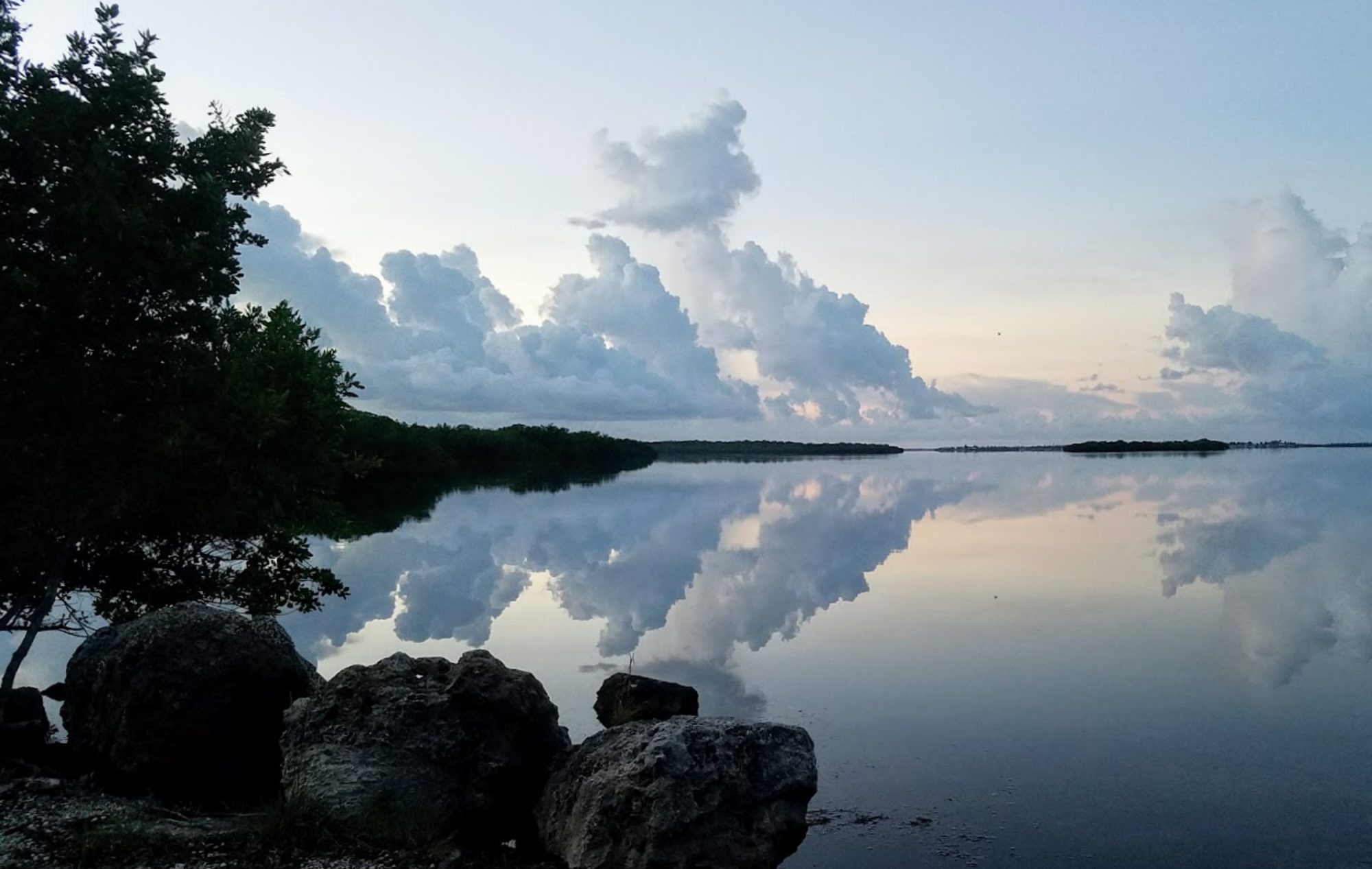What’s the deal with coastal dune lakes?

Well, to start, they’re highly unusual! Found in only four countries, including Madagascar, Australia, New Zealand and the United States, there are 15 named coastal dune lakes in Walton County, Florida (they are also found in Oregon, which has a system of 40 such lakes; and South Carolina, which is unsure how many dune lakes they have). Florida’s dune lakes are usually formed where fresh water seeps through the sand, forming shallow, water-filled depressions. Other sources of fresh water include streams and rain water.
At times, particularly during large storms, these lakes both receive water from and drain into the Gulf of Mexico. As you can imagine, this influx of salt water means that the salinity of our coastal dune lakes is highly variable over time, and the conditions which form them contribute to the difference in water chemistry from lake to lake.
Lake Powell
Florida’s largest coastal dune lake, Lake Powell, is found in Camp Helen State Park. This somewhat tannic lake has a channel which runs into the Gulf. At times, Gulf water enters the lake. This lake is permanently brackish, and saltwater species are commonly found among the freshwater residents of the lake.
You can find a list of Florida’s coastal dune lakes here, and I hope you’ll visit and learn more about these unique ecosystems.
For more information, contact Melinda Gates, Walton County Coastal Dune Lakes Coordinator, at (850) 892-8108.
